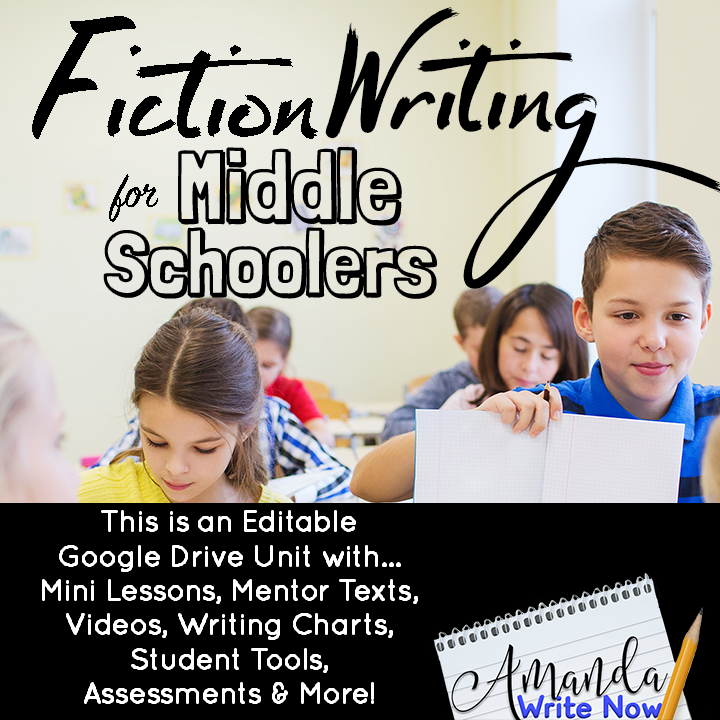
I let students socialize the first day of school. Read on to find out why…
After reading this important article by Write On with Miss G (which I highly recommend you read), I thought back to my first day of school, last year.
Here’s what’s written in my plan book 8/14/2017: introduce self, read My Name by Sandra Cisneros, go over routines/procedures and record names.
The last activity, “record names” ended up being brilliant. Originally, I just planned to record names of students who felt their name was hard to pronounce with the voice recorder app on my iPhone. I wanted to make sure I pronounced my students’ names correctly.
Little did I know, letting students socialize while I recorded names (and socialized too) made this one of the best first days of my teaching career.
Here’s what happens when you spend the day recording your students and giving them free time to just talk the first day of school…
You Show You Care
Students need to know that we care about them. When I had individual conversations with students while recording their names I was communicating a lot without really saying much. I just asked questions and enthusiastically listened. I showed I care about each and every one of their names, that I’m interested in learning more about them, and what they have to say. I showed that I respect them. I told each student that I can’t wait to get to know them and spend time with them this year. I believe students struggle to misbehave when they have a teacher who cares so deeply about them.
You Witness Social Dynamics
When I told students they could socialize while I went around recording names, something began to happen, something totally natural and human…the cliques emerged.
I think it is so important for teachers to understand the clique dynamics in their classroom for two main reasons: I want students to be able to work with their friends and be productive but I also want my students to have opportunities to meet other highly likable classmates that may not be part of their clique. I talk about this directly with my students before announcing groups or creating seating arrangements.
I am not just a teacher, I’m also a model of someone who is eager to get to know others, who is accepting and kind to all people. I am honest with my students about how sometimes it can be hard to get out of your comfort zone and meet new people and that it doesn’t always work out. I let students know that if there is someone in the class that they know they can’t get along with, that it is important for them to let me know in private, not during class.
Students Have Time to Bond
Our students know each other. They are friends outside of school. Some of them have known each other since kindergarten, some were in the same third grade class. It is important for teachers to let our students be exactly what they are…kids! I believe that they will respect you so much more when you let them have the freedom, they so often don’t get in other classes, to start developing the class community naturally through real social interaction.

You Learn Answers to Important Questions
When I recorded students’ names I also had conversations with them about other things too. Students told me they had a sibling in my class, what they did over the summer, what movies they recently saw, if they liked reading books or not, if they kept a journal…you get the idea. I asked all sorts of questions of my students because I was genuinely curious and because it’s important for me to know which students are really into reading and writing and which are not.
Why would this be valuable information to have? Because I’ll know which students might need a little extra support from me when picking books, when getting ideas to write about, when elaborating on their writing and so forth.
But, just because a student isn’t into reading or writing doesn’t mean they aren’t perfectly capable of sliding by…with the information about whether they are “into” my subject area or not, I can begin to chip away at their misconceptions about reading and writing. I believe every human being in the world needs to see the incredible value of reading and writing as part of as part of what it means to be human. We are communicators to the core.
You Have Your First Conference
I am obsessed with teaching using the reading and writing workshop method. There are many reasons why, one of the main and most important ones is conferencing. This aspect of workshop took the longest for me to really get and implement, but now that I’ve got it, I’m solidly convinced conferencing is the best way to teach and reach students.
So, this year, when I record my students’ names, I’ll also record (on paper some interesting tidbits about them as readers and writers). These conferences aren’t going to be formal. I’ll be holding my phone ready to record names and if I happen to have time to write a few words and phrases about the student, awesome. I can transfer these notes to an official conference tracking form later.
You Bond with Students
I think that bonding with students is the foundation of everything that happens in the classroom. I think Rita Pierson said it best, “Kids don’t learn from people they don’t like.” Your classroom management, your lessons, your procedures, your happiness and the happiness of your students depends on bonds. So start making them the first day!
Wrap Up
Letting students socialize the entire period is a pretty unconventional thing to do. But, I hope after reading this article you’ve realized some major benefits to letting students socialize the first day! How do you plan to develop relationships with your students this year? Feel free to share your thoughts in the comments below and please share this article with someone you think would enjoy it:)
Related Articles
Students Don’t Write During Writing
Whole Novels Reading Workshop Style
Related Resource


This is a fantastic idea!